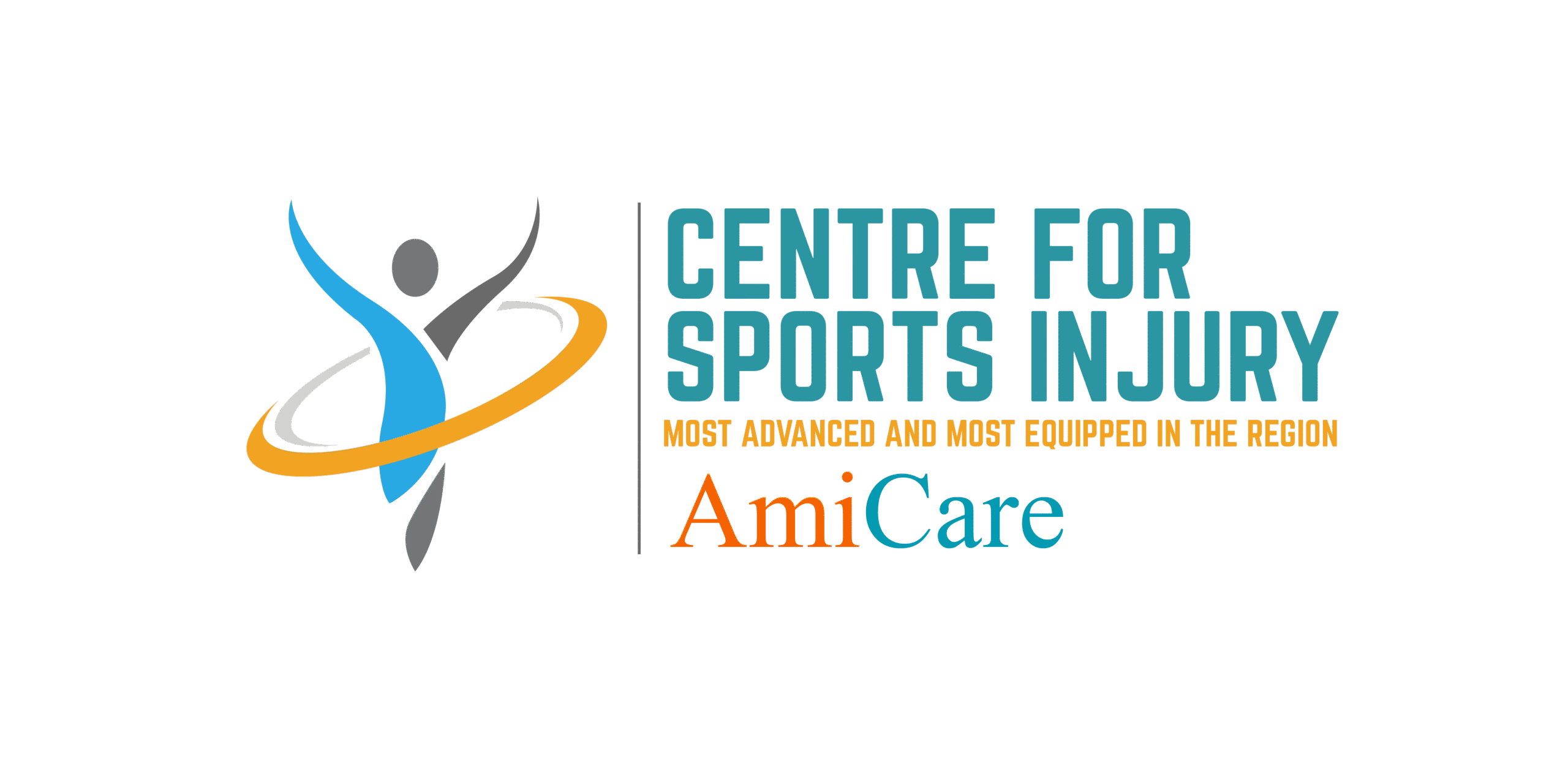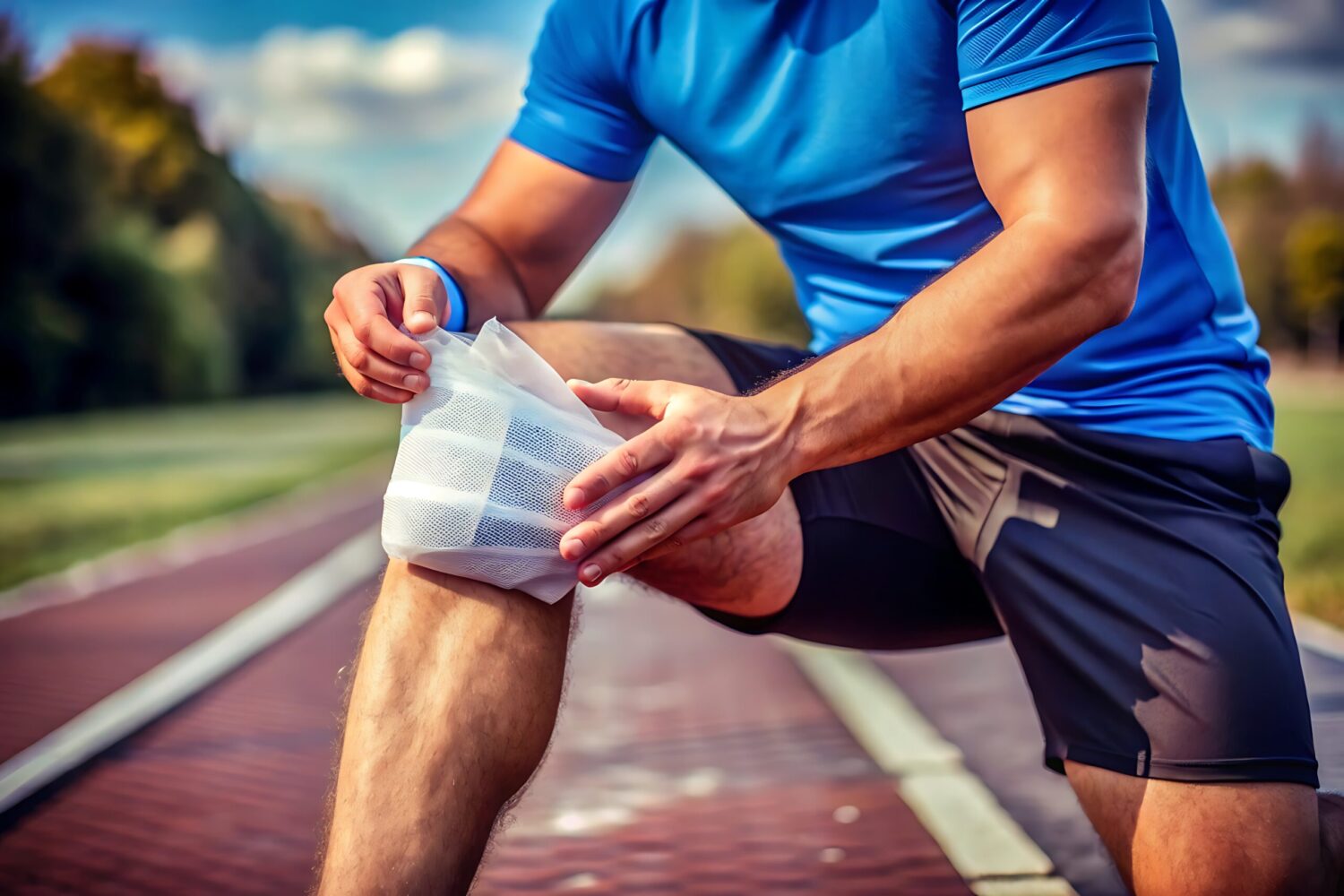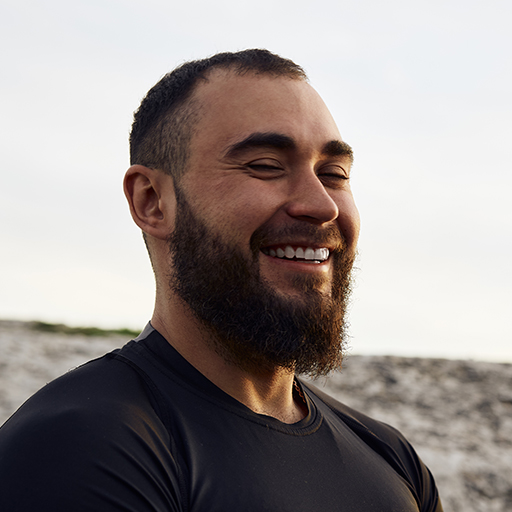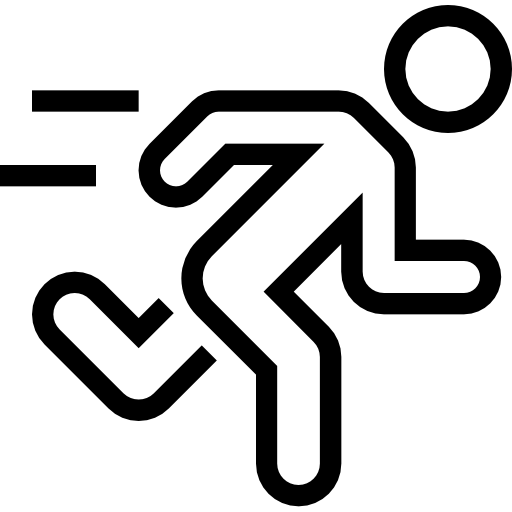Tennis Elbow & Golfer’s Elbow Treatment
Best tennis elbow & golfer elbow treatment in Delhi NCR
Struggling with elbow pain during daily activities or sports? At Amicare, Ghaziabad’s trusted sports injury center, we provide advanced tennis elbow & golfer elbow treatment to help you recover quickly and return to peak performance.
If you’ve ever experienced persistent elbow pain that worsens with movement, you might be dealing with tennis elbow or golfer’s elbow. While both conditions affect the elbow joint, they impact different sides of the arm and stem from different repetitive motions.
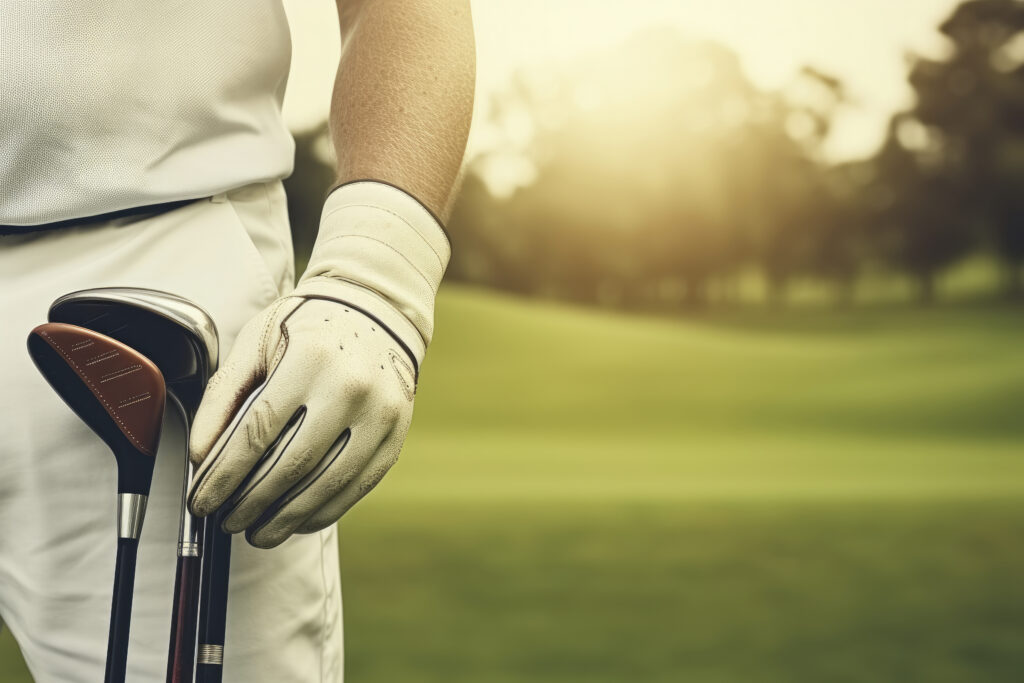
Understanding Tennis Elbow
Tennis Elbow, medically known as lateral epicondylitis, is a condition where the tendons on the outside of the elbow become inflamed or damaged due to overuse. Despite the name, it doesn’t only affect tennis players. Anyone who performs repetitive arm and wrist motions—like painters, carpenters, chefs, or office workers—can develop this condition.
What Is Golfer's Elbow?
Golfer’s Elbow, or medial epicondylitis, affects the tendons on the inside of the elbow. It’s commonly seen in golfers, but it also impacts people who perform repetitive gripping or wrist-flexing motions, such as weightlifters, bowlers, or construction workers.
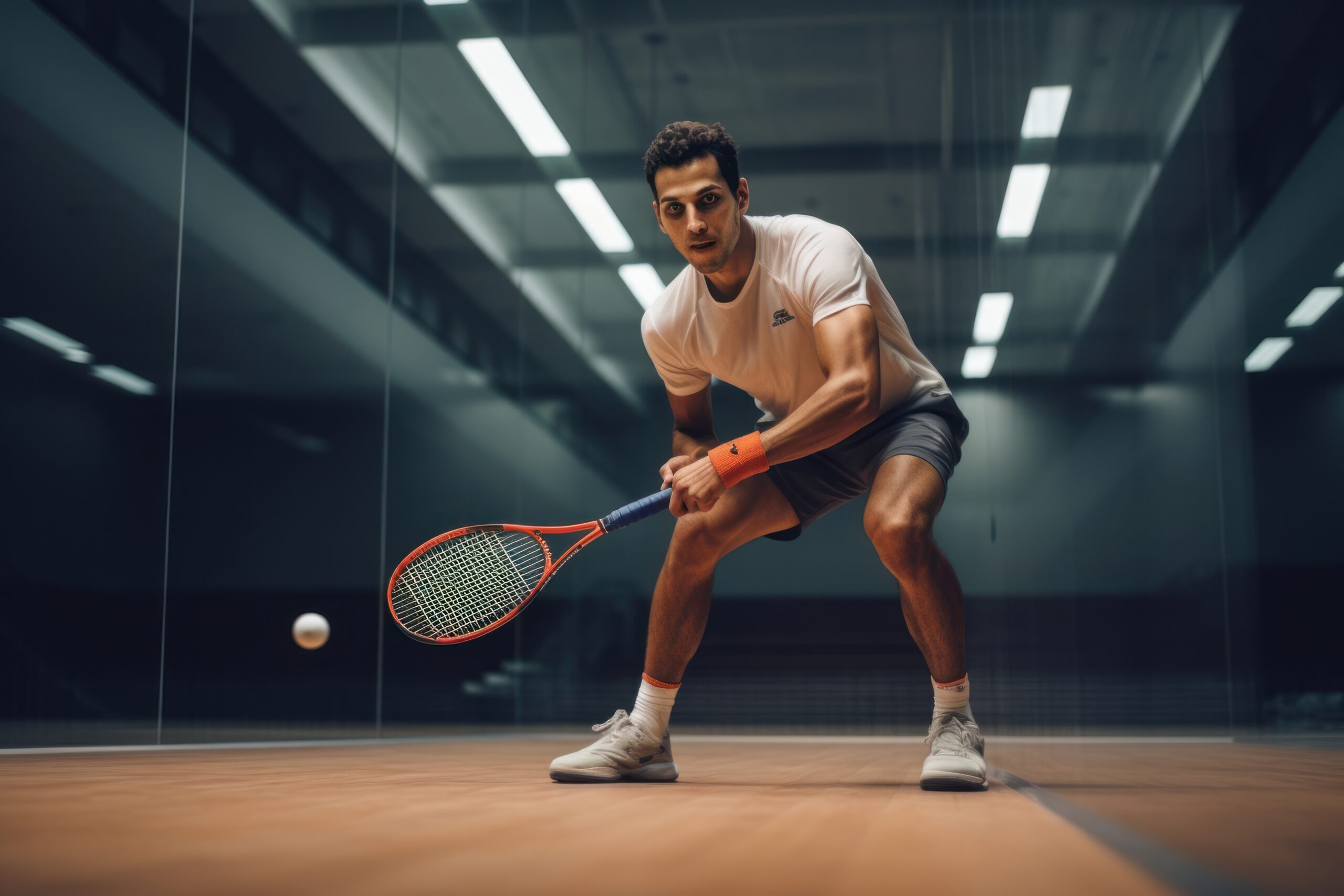
Notice the Signs Before It’s Serious
Know the signs of Tennis Elbow before it gets worse.

Pain on the Outer Elbow
Aching or sharp pain felt on the outside of your elbow, especially during activity.

Weak Grip Strength
Difficulty holding objects firmly, affecting sports performance or daily tasks.

Discomfort When Lifting or Twisting
Pain when lifting, twisting your forearm, or turning door handles.

Pain That Worsens with Activity
Symptoms flare up during repetitive motions like swinging a racket or typing.
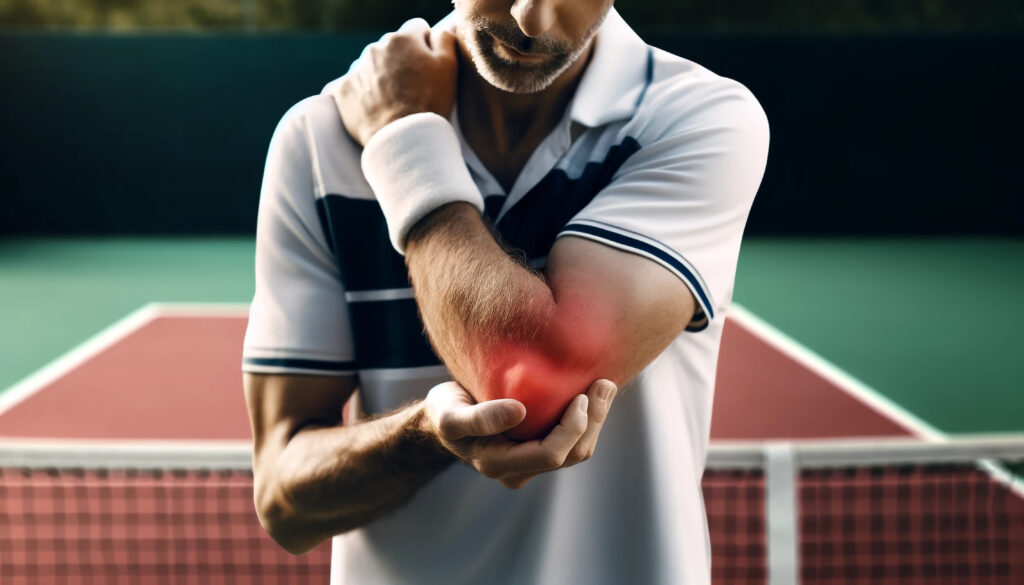
Non-Surgical Treatment Options
At Amicare, we believe in starting with conservative care to promote natural healing and avoid unnecessary surgery. Here’s a breakdown of each non-surgical treatment method we offer:
- Rest and Activity Modification
The first step in healing is reducing strain on the affected tendons. We help you identify and temporarily avoid the specific movements or activities that trigger pain — whether it’s lifting, typing, or sports — to prevent further damage and allow the tissue to heal. - Ice Therapy
Applying cold packs to the elbow reduces swelling and numbs pain, especially after activity. We guide patients on how to safely use ice therapy at home — typically 15–20 minutes at a time, multiple times a day — to manage inflammation effectively.

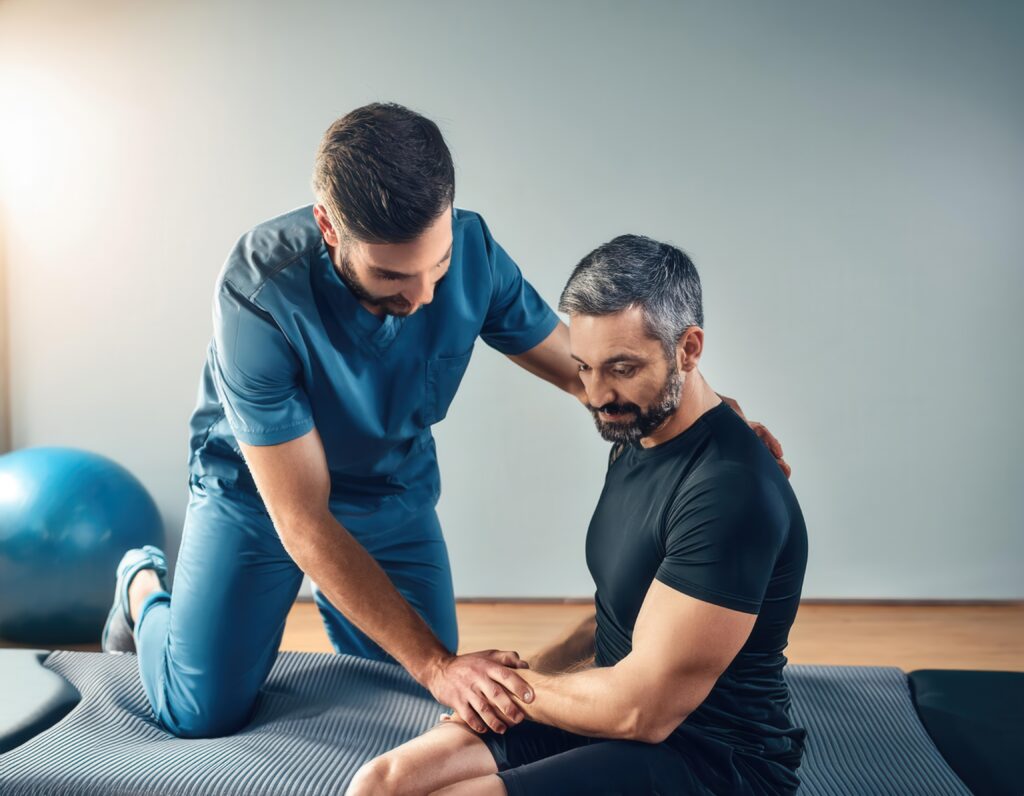
Medications (NSAIDs)
Over-the-counter or prescribed non-steroidal anti-inflammatory drugs (NSAIDs) like ibuprofen help reduce pain and swelling. While medications don’t cure the injury, they provide relief that allows you to engage better in physiotherapy.
Physiotherapy
This is a core part of the recovery plan. Our experienced physiotherapists design a tailored exercise program that includes:
- Stretching: To relieve tightness in the forearm muscles
- Strengthening: To rebuild tendon resilience and support elbow function
- Manual therapy & modalities: Like ultrasound or TENS to accelerate healing
Progress is closely monitored to ensure exercises evolve with your recovery.
Surgical Treatment
Here’s a brief bullet-point explanation of surgical treatment for Tennis Elbow & Golfer’s Elbow:
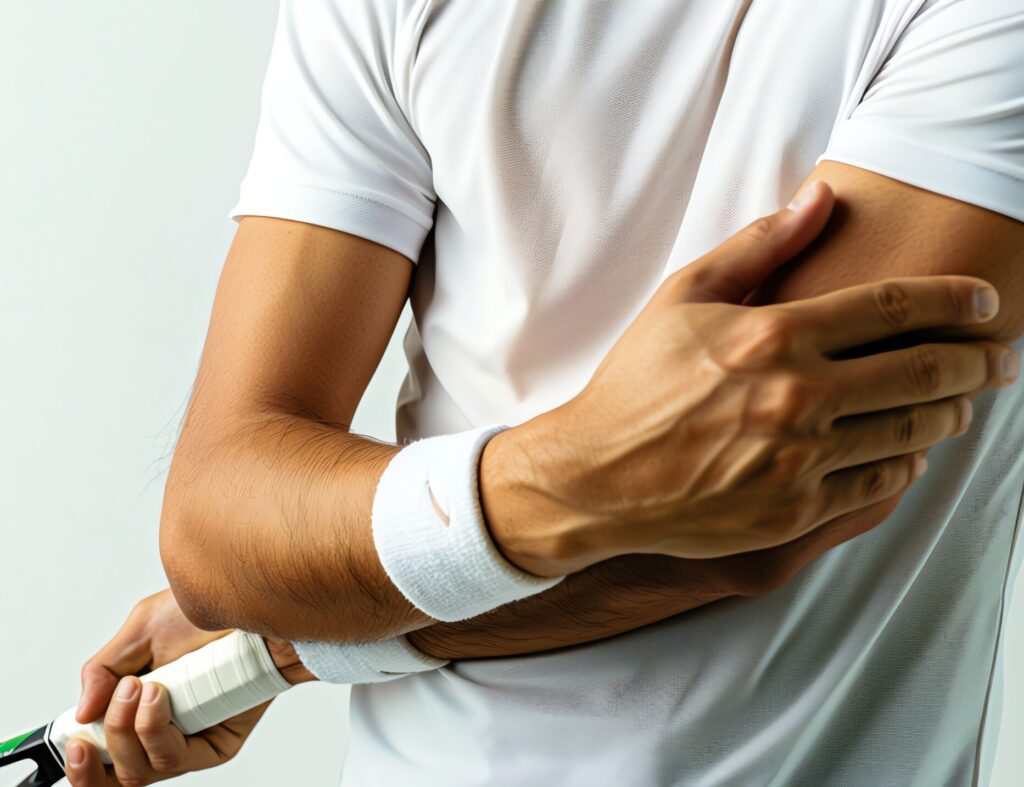
- When Surgery is Considered – Usually after 6–12 months of failed non-surgical treatments like physiotherapy, medication, and rest.
- Purpose of Surgery – To remove damaged tendon tissue, promote healing, and reattach healthy tendon to the bone.
- Surgical Methods – Can be done through open surgery (larger incision) or arthroscopy (small incisions with a camera).
- Tennis Elbow Surgery – Focuses on repairing/extending the common extensor tendon on the outside of the elbow.
- Golfer’s Elbow Surgery – Targets the repair or release of the common flexor tendon on the inside of the elbow.
- Recovery Period – Initial healing in 6–8 weeks, with full recovery and return to sports/work in 3–6 months depending on activity level.
Why Early Treatment Matters
Ignoring elbow pain or continuing repetitive strain can turn a minor tendon irritation into a chronic injury. Early tennis elbow & golfer elbow treatment not only speeds up recovery but also prevents long-term complications like loss of motion, nerve compression, or permanent weakness.
Why Choose Amicare for Tennis & Golfer's Elbow Treatment?
At Amicare, we combine expert diagnosis, advanced therapies, and personalized rehab plans to ensure faster recovery and long-lasting relief—so you can get back to peak performance without pain.
Frequently Asked Question
Rest the affected arm, apply ice to reduce inflammation, use anti-inflammatory medications if prescribed, and start physiotherapy exercises to strengthen the forearm muscles. In severe cases, medical treatments like steroid injections or surgery may be needed.
It’s caused by repetitive stress and overuse of the forearm muscles that control wrist and finger movement, leading to small tears in the tendon on the inside of the elbow.
Mild cases can improve with rest, activity modification, and home care, but without proper treatment and exercises, it may persist or worsen over time.
The cost of the surgery depends on the type of graft (your own tissue or donor tissue), the surgery method (keyhole or robotic), and the length of hospital stay (usually 1–2 days). Contact Amicare for a personalized cost estimate.
With proper treatment, most cases improve in 6–12 weeks, but more severe cases may take several months to fully heal.
